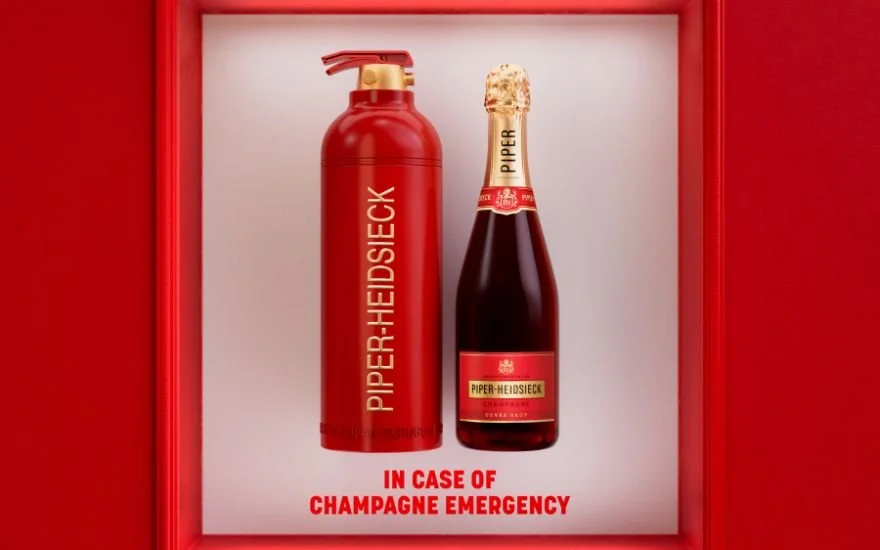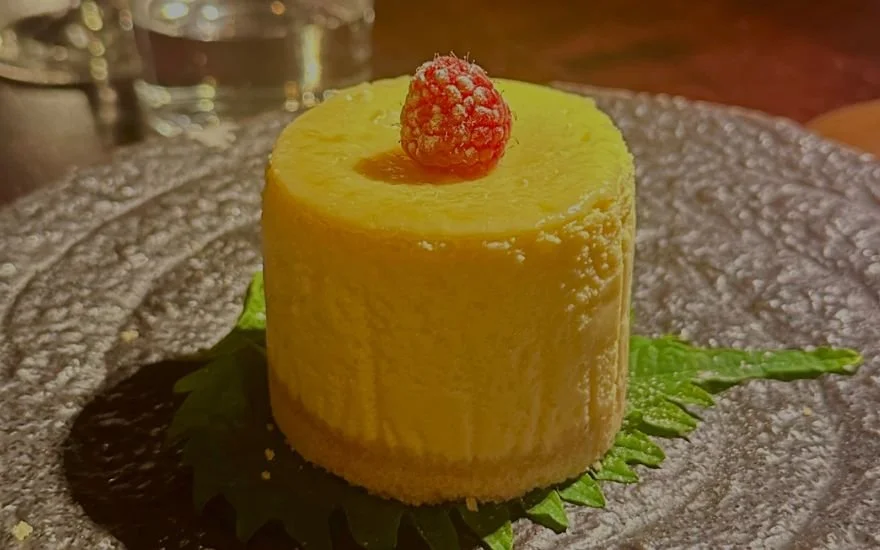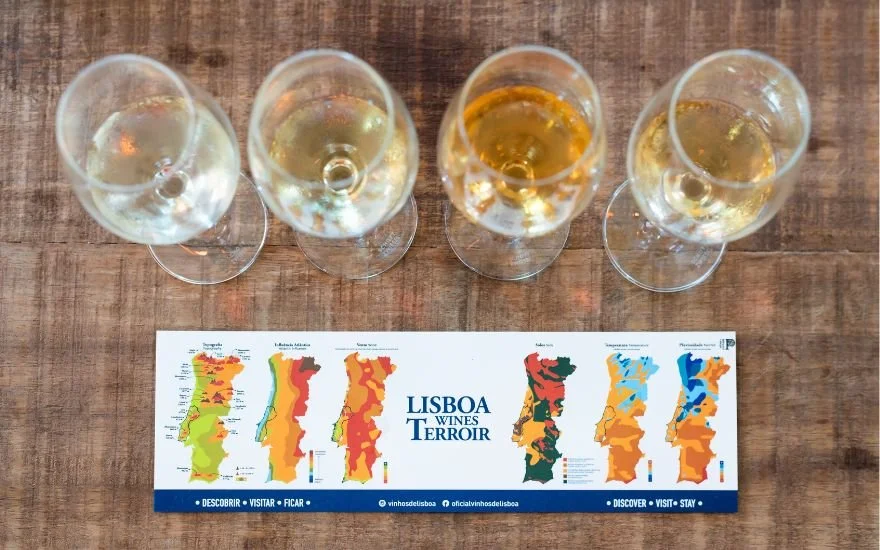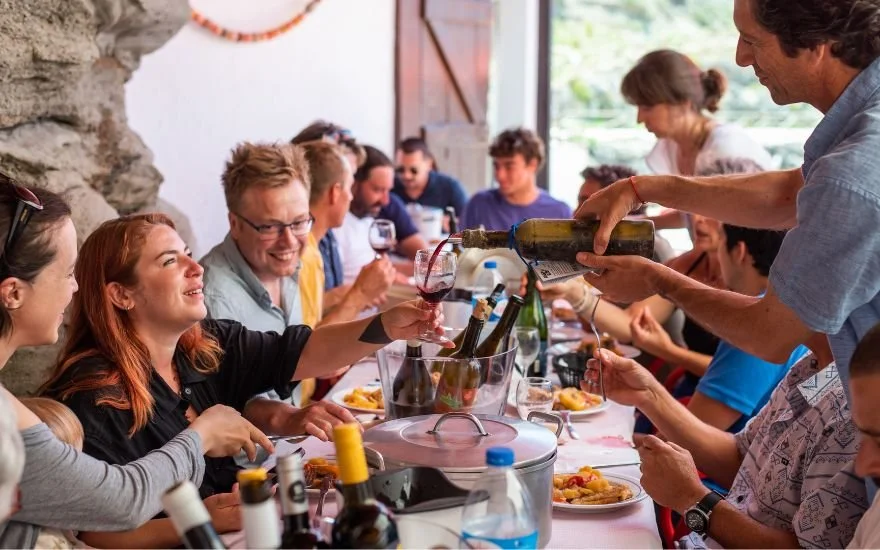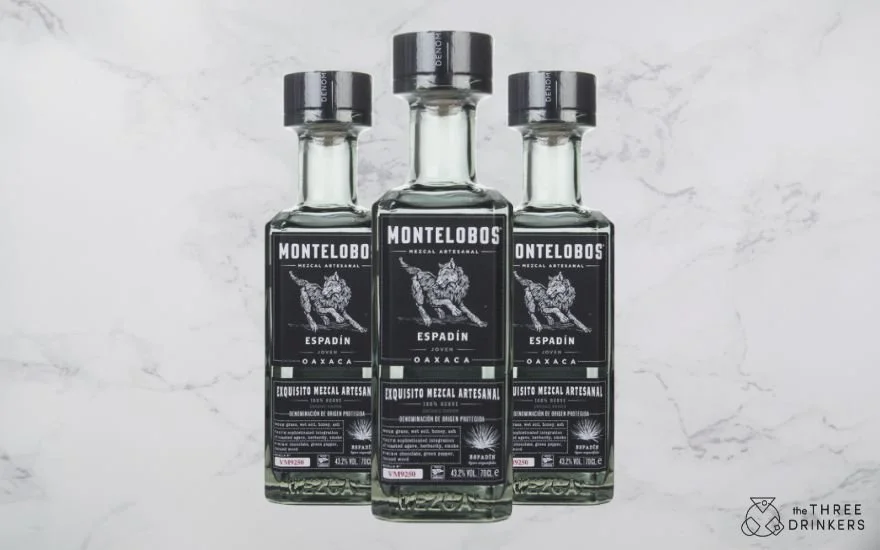Two rare releases showcase four decades of patience, craftsmanship, and the art of sherry cask ageing.
For nearly two centuries, The GlenDronach has been synonymous with rich, sherry-cask-matured whisky. From its Highland home in the Valley of Forgue, the distillery continues to prove why it’s regarded as one of Scotland’s masters of maturation. Now, The GlenDronach unveils two remarkable new expressions: the 30-Year-Old and the 40-Year-Old 2025 Edition – each representing the height of its craft.
What Makes The GlenDronach 30-Year-Old So Special?
The GlenDronach 30-Year-Old is a beautifully composed Highland Single Malt that highlights the distillery’s sherry cask artistry. Under the guidance of Master Blender Rachel Barrie, the whisky brings together three distinct sherry cask styles: Pedro Ximénez, Oloroso, and, for the first time, Amontillado.
Barrie explains, “With the 30-Year-Old, we have composed a symphony from our most historic sherry cask styles. Three decades of maturation have resulted in a sublime and charming Single Malt, with generous layers of rich and complex character.”
The inclusion of Amontillado adds elegant notes of toasted hazelnut and crème caramel, perfectly balancing The GlenDronach’s hallmark dark cherry, chocolate, and spiced fruit tones. Presented in a walnut curl veneer case engraved with 30 facets, a nod to the years of patient ageing, this release is priced at £1,000 and available at Selfridges.
How Does the 40-Year-Old Represent the Peak of GlenDronach’s Craft?
The 40-Year-Old 2025 Edition is the distillery’s ultimate expression, a rare whisky composed from a small number of hand-selected Oloroso and Pedro Ximénez casks. Matured over four decades in Spanish oak, it offers an extraordinary depth of flavour and a velvet-smooth texture that speaks to The GlenDronach’s time-honoured expertise.
Barrie shares, “At forty years old, it represents four decades of sherry cask refinement, polished by time to become the ultimate expression of The GlenDronach. It is a privilege to be the custodian of such remarkable casks.”
Expect a nose of black cherry, stewed plum, and blackberry, followed by a palate of bramble compote, prune, raisin wine, and cinnamon-laced chocolate espresso. Bottled at 43.9% ABV (Natural Cask Strength), it’s presented in a dark rosewood case with brass details and a golden plinth, a fitting vessel for a whisky of such stature. Retailing at £5,000, it is available through select global markets and Selfridges.
Why Are These Releases Important for Collectors and Enthusiasts?
The GlenDronach’s reputation rests on its mastery of sherry cask maturation, and these new releases reaffirm that legacy while deepening it. The 30-Year-Old introduces the Amontillado cask for the first time, while the 40-Year-Old showcases the distillery’s commitment to refinement through time, patience, and precision.
In an era of innovation and experimentation, The GlenDronach proves that true artistry still lies in tradition. Each bottle is not merely a whisky. It’s a time capsule of craftsmanship, matured to perfection beneath the cool stone walls of Forgue.



